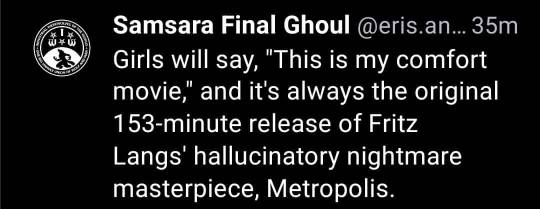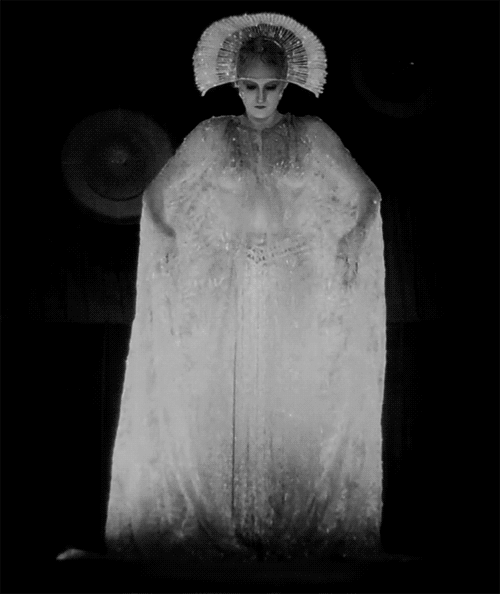#weimarer
Text




dogs i can imagine getting when i'm older
2 notes
·
View notes
Text
The Forgotten History of the World’s First Transgender Clinic
I finished the first round of edits on my nonfiction history of trans rights today. It will publish with Norton in 2025, but I decided, because I feel so much of my community is here, to provide a bit of the introduction.
[begin sample]
The Institute for Sexual Sciences had offered safe haven to homosexuals and those we today consider transgender for nearly two decades. It had been built on scientific and humanitarian principles established at the end of the 19th century and which blossomed into the sexology of the early 20th. Founded by Magnus Hirschfeld, a Jewish homosexual, the Institute supported tolerance, feminism, diversity, and science. As a result, it became a chief target for Nazi destruction: “It is our pride,” they declared, to strike a blow against the Institute. As for Magnus Hirschfeld, Hitler would label him the “most dangerous Jew in Germany.”6 It was his face Hitler put on his antisemitic propaganda; his likeness that became a target; his bust committed to the flames on the Opernplatz. You have seen the images. You have watched the towering inferno that roared into the night. The burning of Hirschfeld’s library has been immortalized on film reels and in photographs, representative of the Nazi imperative, symbolic of all they would destroy. Yet few remember what they were burning—or why.
Magnus Hirschfeld had built his Institute on powerful ideas, yet in their infancy: that sex and gender characteristics existed upon a vast spectrum, that people could be born this way, and that, as with any other
diversity of nature, these identities should be accepted. He would call them Intermediaries.
Intermediaries carried no stigma and no shame; these sexual and Gender nonconformists had a right to live, a right to thrive. They also had a right to joy. Science would lead the way, but this history unfolds as an interwar thriller—patients and physicians risking their lives to be seen and heard even as Hitler began his rise to power. Many weren’t famous; their lives haven’t been celebrated in fiction or film. Born into a late-nineteenth-century world steeped in the “deep anxieties of men about the shifting work, social roles, and power of men over women,” they came into her own just as sexual science entered the crosshairs of prejudice and hate. The Institute’s own community faced abuse, blackmail, and political machinations; they responded with secret publishing campaigns, leaflet drops, pro-homosexual propaganda, and alignments with rebel factions of Berlin’s literati. They also developed groundbreaking gender affirmation surgeries and the first hormone cocktail for supportive gender therapy.
Nothing like the Institute for Sexual Sciences had ever existed before it opened its doors—and despite a hundred years of progress, there has been nothing like it since. Retrieving this tale has been an exercise in pursuing history at its edges and fringes, in ephemera and letters, in medal texts, in translations. Understanding why it became such a target for hatred tells us everything about our present moment, about a world that has not made peace with difference, that still refuses the light of scientific evidence most especially as it concerns sexual and reproductive rights.
[end sample]
I wanted to add a note here: so many people have come together to make this possible. Like Ralf Dose of the Magnus-Hirschfeld-Gesellschaft (Magnus Hirschfeld Archive), Berlin, and Erin Reed, American journalist and transgender rights activist—Katie Sutton, Heike Bauer. I am also deeply indebted to historian, filmmaker and formative theorist Susan Stryker for
her feedback, scholarship, and encouragement all along the way. And Laura Helmuth, editor of Scientific American, whose enthusiasm for a short article helped bring the book into being. So many LGBTQ+ historians, archivists, librarians, and activists made the work possible, that its publication testifies to the power of the queer community and its dedication to preserving and celebrating history. But I ALSO want to mention you, folks here on tumblr who have watched and encouraged and supported over the 18 months it took to write it (among other books and projects). @neil-gaiman has been especially wonderful, and @always-coffee too: thank you.
The support of this community has been important as I’ve faced backlash in other quarters. Thank you, all.
NOTE: they are attempting to rebuild the lost library, and you can help: https://magnus-hirschfeld.de/archivzentrum/archive-center/
#support trans rights#trans history#trans#transgender#trans woman#trans rights#trans representation#interwar period#weimar#equality#autistic author#nonbinary#lgbtq representation#lgbtqia#book news#book#books#new books#thank you#neil gaiman#for your support
2K notes
·
View notes
Text

Wilhelm Weimar. Chrysanthemum, 1896 -1901.
943 notes
·
View notes
Text
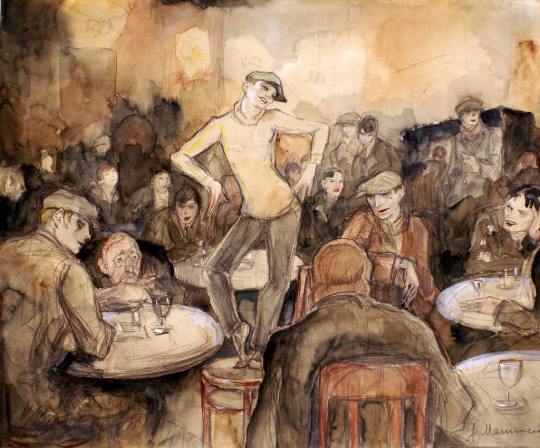
Tranvestitenlokal (1931) — scene at an unspecified trans bar in Berlin, painted by Jeanne Mammen
23K notes
·
View notes
Text

Voo Doo, a German trans woman cabaret owner and performer with her beloved boa. (Date unclear: likely 1912-1928.) [source]
14K notes
·
View notes
Photo

Asphalt (Joe May, 1929)
#kiss#betty amann#gustav fröhlich#asphalt#joe may#film#classic film#classicfilmsource#classicfilmedit#silent film#silent era#german film#weimar cinema#1920s#my gifs
4K notes
·
View notes
Text
Bahnverkehr: Zugunglück mit 45 Toten: Wie ein Unfall auf der Ringbahn Berlin erschütterte, Ende Juni 1922 steht die Hauptstadt nach einem schweren Eisenbahnunfall unter Schock., aus Berliner Zeitung
Bahnverkehr: Zugunglück mit 45 Toten: Wie ein Unfall auf der Ringbahn Berlin erschütterte, Ende Juni 1922 steht die Hauptstadt nach einem schweren Eisenbahnunfall unter Schock., aus Berliner Zeitung
https://www.berliner-zeitung.de/open-source/zugunglueck-1922-kostet-der-leichtsinn-eines-einzelnen-45-berlinern-das-leben-li.237234
Es herrschte eine eigentümliche Stimmung an diesem 27. Juni 1922 in der Hauptstadt, angespannt und vielleicht ein wenig kämpferisch. Berlin trug Trauer, gerade wurde der drei Tage zuvor von Mitgliedern der rechtsextremen Terror-Organisation #Consul ermordete…
View On WordPress
0 notes
Text

Conrad Felixmüller (1897-1977) — Death of the Poet Walter Rheiner [oil on canvas, 1925]
365 notes
·
View notes
Text
another evening spent sweating crying bleeding and pissing over 5 open wookieepedia tabs trying to get solid on how the FUCK the galactic republic gov works
#today's edition: judiciary department#i'm telling myself it's just space weimar to make it go down easier. but how do i do that#without implying that the separatists are the space ussr. because that doesn't work#i am incoherent#political thrillers suck ass to write.... im just a little guy ...........
356 notes
·
View notes
Text
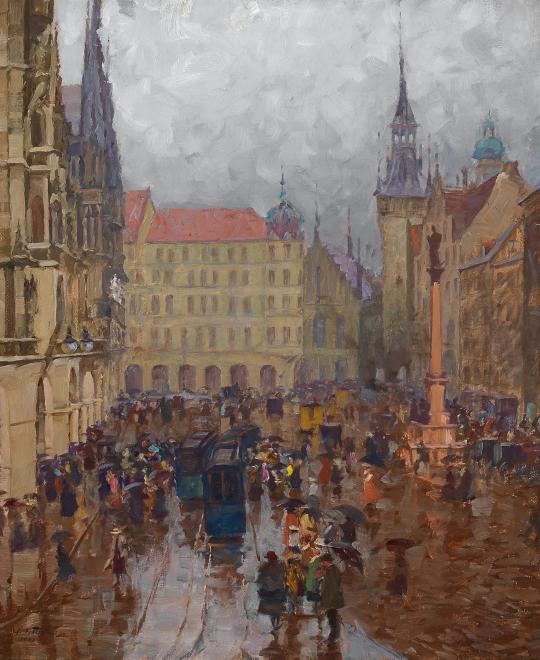
Munich Marienplatz and the Old City Hall, Charles Vetter, 1923
#art#art history#Charles Vetter#cityscape#Munich#Germany#Weimar Republic#German art#20th century art#oil on canvas
481 notes
·
View notes
Text

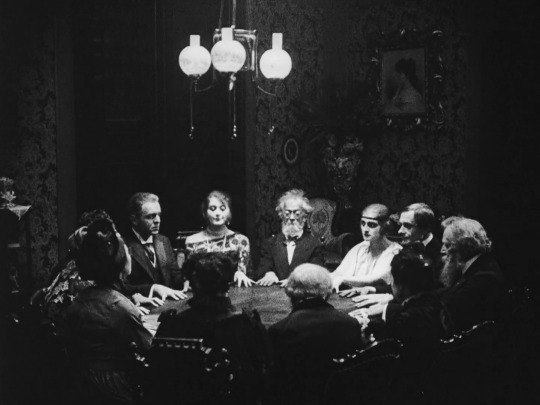





"There is a foreign element among us!"
Dr. Mabuse, der Spieler (1922) | dir. Fritz Lang
#rudolf klein-rogge#gertrude welcker#alfred abel#dr. mabuse the gambler#dr. mabuse der spieler (1922)#dr. mabuse#countess dusy told#count told#1920s#fritz lang#classic film#silent film#german cinema#weimar cinema#german expressionism#screencaps#séance#classicfilmsource#dailyworldcinema#my post
246 notes
·
View notes
Text

source: bishopsbox
Weimar girl.
355 notes
·
View notes
Text
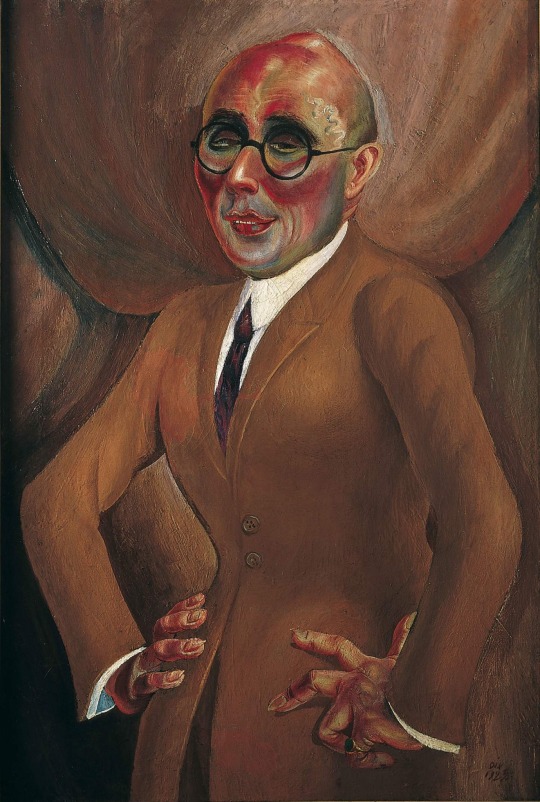
Otto Dix, Portrait of the Jeweller Karl Krall, 1923
#otto dix#german painting#german art#german painter#german artist#weimar#portrait#portrait painting#portrait art#portraiture#modern art#art history#aesthetictumblr#tumblraesthetic#tumblrpic#tumblrpictures#tumblr art#aesthetic#beauty
104 notes
·
View notes
Text

Tiller Girl Parody
Grit and Ina van Elben's dancing-machine at the Tingel-Tangel Theatre, 1931
#photography#art#grit and ina van elben#tingel-tangel theatre#weimar#black and white#dance#germany#1930s#vintage#tiller girls#parody#dancing machine
126 notes
·
View notes
